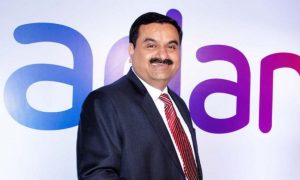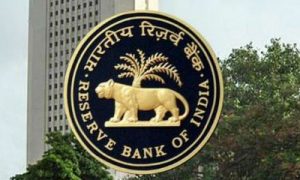NEW DELHI: Revenue secretary Sanjay Malhotra is a recent entrant to the department, having moved in during Budget preparation. But he seems to have settled swiftly. In an interview, he tells TOIthat the government has budgeted for two-thirds of the taxpayers to shift to the new tax regime and those outside the government stand to gain at least Rs 20,000 annually due to the change in tax rules for leave encashment. Excerpts:
You have assumed a buoyancy of 1 in the Budget (ratio between tax and GDP growth). What is the thinking behind that kind of buoyancy level? Is it conservative?
In the last few years, the buoyancy is 1, plus/minus 0. 1-0. 2. In years when we have reduced tax rates, the buoyancy has gone down. We have decreased our tax rates on the direct taxes side. We have taken some measures in the Budget, some 14 measures, to improve collections. We have to improve our tax administration, use more tech, so that collection efficiency more or less makes up for reduced tax rates.
Read More: Central Govt To Not Merge GST Rates For Another Fiscal Year, Says Official
How does the Budget address the issue of expanding the tax base?
We have plugged loopholes. We are taking other steps. It’s not about increasing rates, it’s about improving our information systems, improving our analytics and doing it in a non-intrusive way.
Faceless assessment faced some roadblocks. How are you overcoming those?
We are still early in this journey, so there are teething issues, and we acknowledge that. We need to improve, and a lot of work is already going on so that these issues between faceless on the one side and the jurisdictional view are sorted out. The FM has categorically mentioned in her Budget speech we would like to strengthen our grievance-redressal mechanism because we must improve our systems so that these issues are minimised. We will be working on aspects throughout the year to reduce whatever pain points. That remains apriority.
You are looking to step up GST collections. . .
Currently, the monthly average for 10 months is Rs 1. 5 lakh crore. It is a function of your expenditure and your incomes. As incomes increase, this will only go up. We are working to achieve Rs 1. 6-1. 7 lakh crore every month.
Read More: PhonePe Allows International UPI Transactions; First Indian Fintech To Have This Facility
What measures are planned to step up collections?
It’s a function of the economy since rates have not increased, they may have decreased. Some of the buoyancy in GST may be on account of some increase in rates that took place last year. We will not have the same kind of buoyancy once this effect wears off. After that it will be a function of collection efficiency. We are tightening our systems. We have to rely more and more on technology, more on human interface-free payments of taxes.
In the medium to long term, will the old tax regime be phased out?
The FM is on record to say that both are here, there is no sunset date for the old scheme. Yes, the direction is that we would prefer an exemption-free and lower tax regime, that is simpler and more transparent. That’s the direction, but there’s no plan to eliminate the old regime.
The change in the new tax regime is a nudge to people to shift from the old regime. Are those with a home loan or using other exemptions better off?
It’s a choice for people to spend money their way. They can invest the way they want to. Let me tell you, 50% of the income taxpayers are salaried. Assuming two-thirds shift from old to new, we expect an impact of Rs 37,000 crore. If you don’t have HRA and home loan, then you are better off. Whether they shift today or not, there is a benefit for allthose, other than those in the government, which is through an increase in the tax-free leave encashment limit from Rs 3 lakh to Rs 25 lakh. The Rs 22 lakh tax benefit at 30% plus works out to almost Rs 7 lakh. You spread it over 30-35 years, it works out to more than Rs 20,000 a year. This will benefit everyone in the public sector, those working for AIIMS.
In the last seven-eight years, our average customs rate has gone up. How do you calibrate it because there is criticism of that?
Let’s not compare ourselves with others, we are still a developing country, and we need support for our industry. The duty structure is such that raw materials are taxed at the lowest rate, then intermediates and the final goods at the highest rate. If you factor in FTAs, the effective rate is much lower.





































